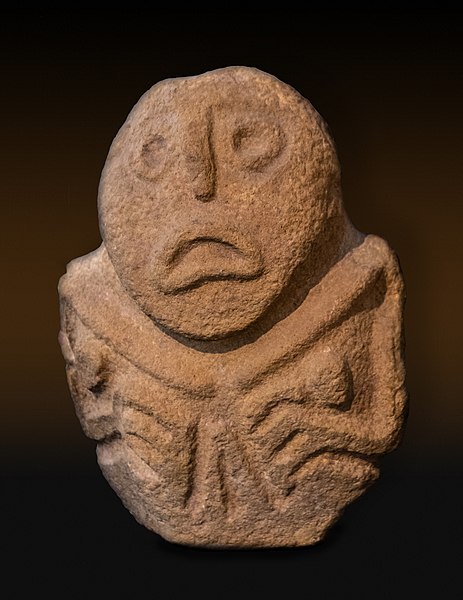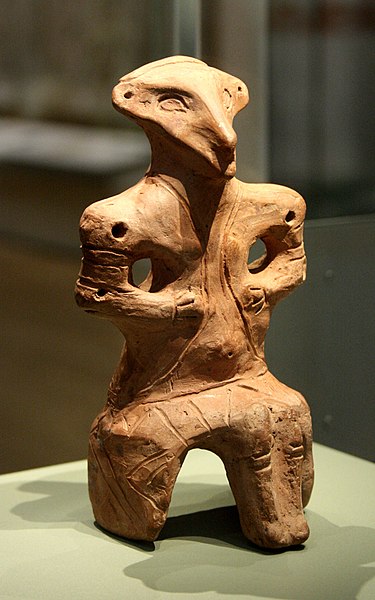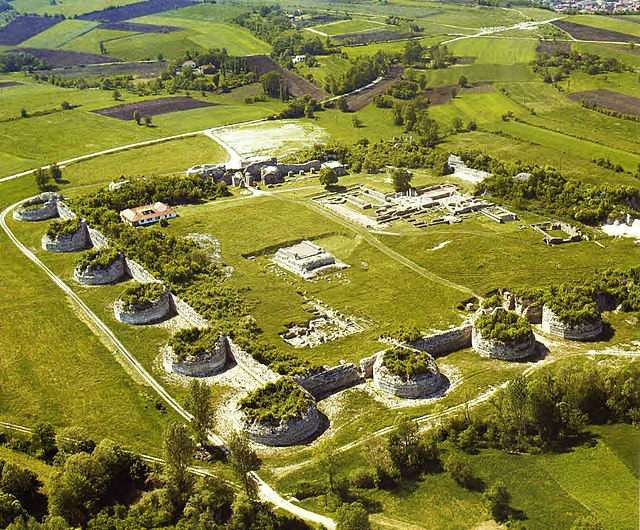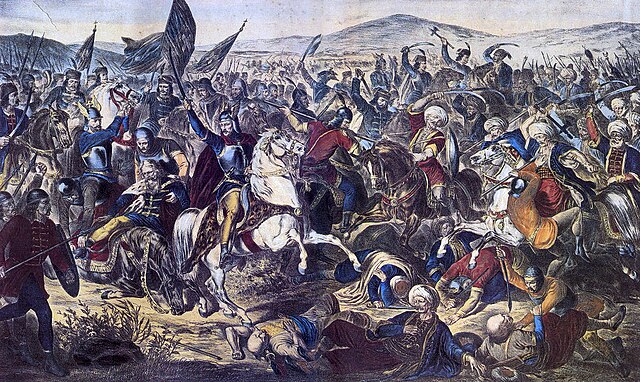Habsburg-occupied Serbia (1686–1691)
Habsburg-occupied Serbia refers to the period between 1686 and 1699 of the Great Turkish War, during which various regions of present-day Serbia were occupied by the Habsburg monarchy. In those regions, Habsburg authorities have established various forms of provisional military administration, including the newly organized Serbian Militia. By the Treaty of Karlowitz in 1699, some of those regions remained under the permanent Habsburg rule, while others were returned to the Ottoman Empire.
Ludwig Wilhelm von Baden (1655-1707)
Serbian Patriarch Arsenije III Crnojević (d. 1706)
Serbia, officially the Republic of Serbia, is a landlocked country at the crossroads of Southeast and Central Europe, located in the Balkans and the Pannonian Plain. It borders Hungary to the north, Romania to the northeast, Bulgaria to the southeast, North Macedonia to the south, Croatia and Bosnia and Herzegovina to the west, and Montenegro to the southwest. Serbia claims a border with Albania through the disputed territory of Kosovo. Serbia has about 6.6 million inhabitants, excluding Kosovo. Its capital Belgrade is also the largest city.
Lepenski Vir idol, 7000 BC
Vinča culture figurine, 4000–4500 BC
Remnants of the Felix Romuliana Imperial Palace, 298 AD, a UNESCO World Heritage Site; as many as 18 Roman emperors were born in modern-day Serbia
The Battle of Kosovo (1389) is particularly important to Serbian history, tradition and national identity.






